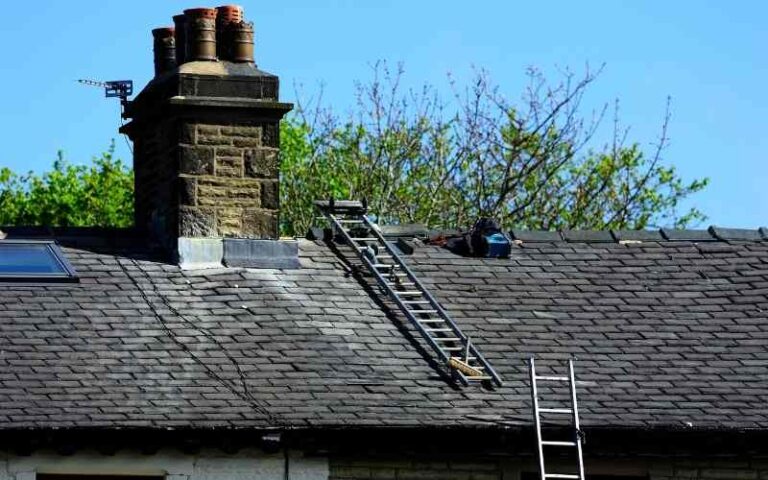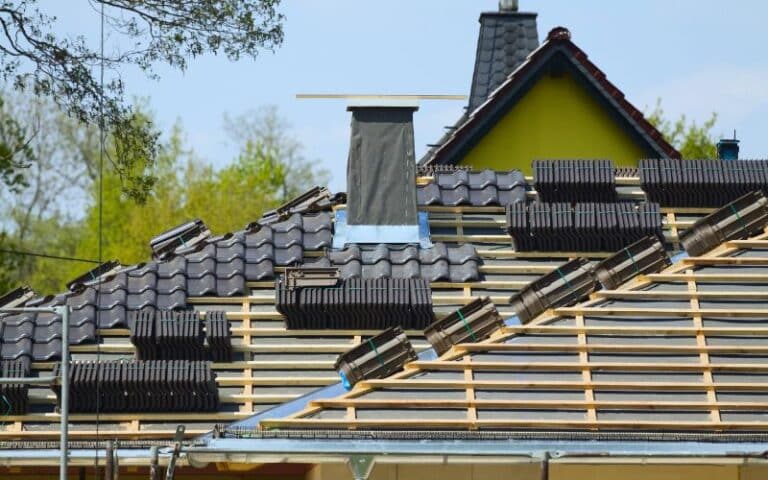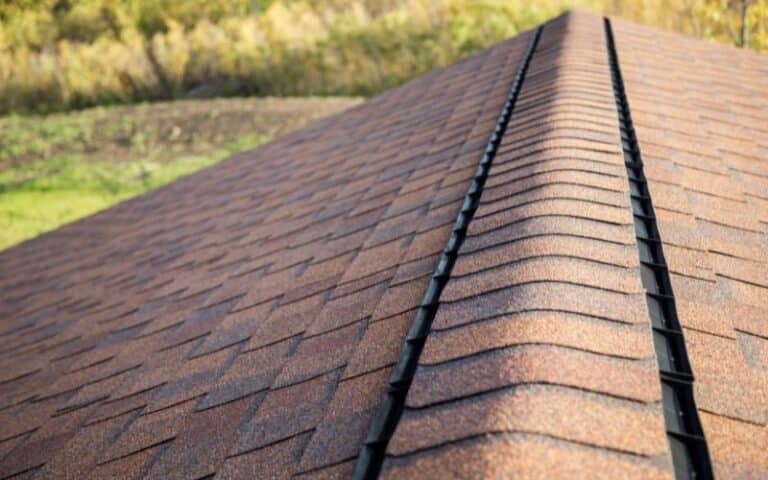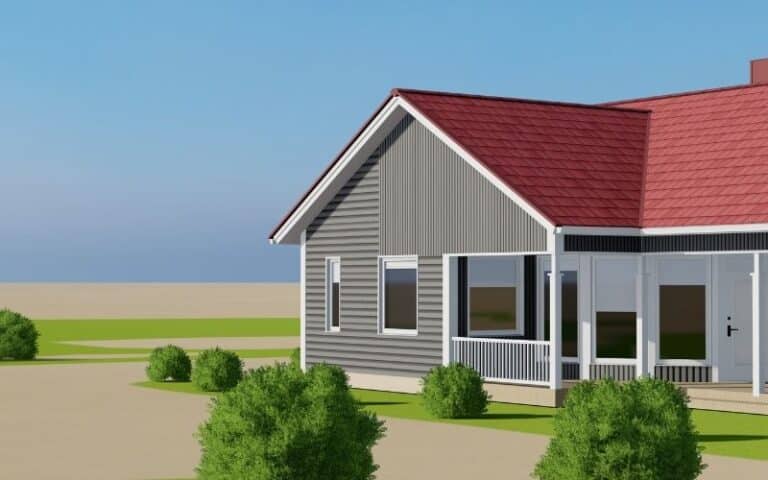Homes require a moisture-free and sound-dampening subfloor for good habitation.
Are you finding it difficult to decide the type of subfloor layers you want to use when flooring? I will show you all you need to know about subfloor tar papers in this article.
Tar paper is a placement format between subfloor layers and is one among many subfloor materials. You use tar Paper as a subfloor layer in paper hardwood flooring. Using tar paper between subfloor underlayment is ideal for a standard house.
Ready for a Roofing Quiz?
Should You Put Tar Paper Between Subfloor Layers?
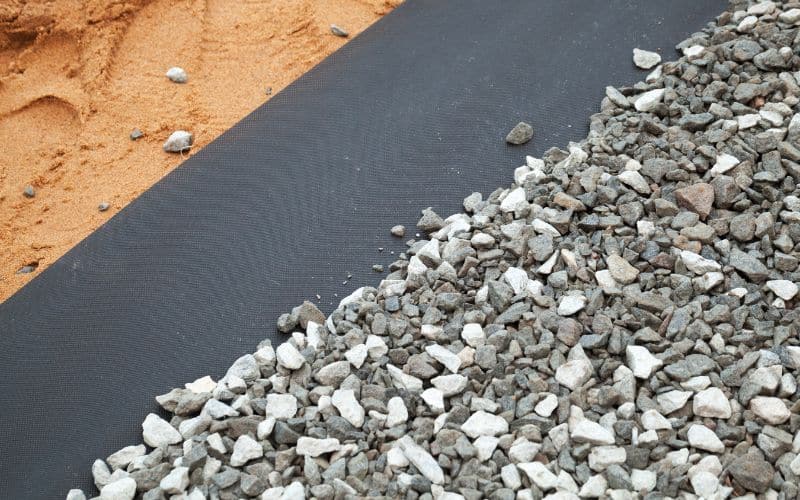
Yes, you should put tar paper between subfloor layers. Tar paper gives your home a facelift and increases your home’s value.
For the materials between your subfloor layers, tar paper is one of your best choices.
To enjoy your home to the fullest, you need a subfloor material that will make a difference in comfort.
In homes where the Subfloor needs to be changed, there is a need to add another layer of Subfloor.
Remember that between the subfloor layers, there is a need for another material: tar or felt paper.
Tar between subfloor layers offers a waterproof ability and reduces noise when you walk on it. You make tar paper by embedding paper with fiberglass, which you entangled with tar.
The Subfloor in your home offers a structural flat surface for easy upholding the underlayment and the finish floor. To make it unique and perfect, you slide a layer of paper in-between the Subfloor.
You can use tar paper in roofing and in-between subfloor layers for waterproofing. Plywood is the best material for a subfloor due to its strength.
However, you can use tar paper and an oriented strand board for its consistency and affordability.
What to Put Between Layers of the Subfloor?
There are many materials that you can use in-between layers of your Subfloor. You assign the different layers of materials to different types of subfloors.
Below are the different types of layers you can put between the Subfloor.
#1. Wood Plank
These were common Subfloor material, but it is now replaced with plywood. You make planks from softwoods like pine that measure 1×6 inches.
Standard box nail can nail wood plank to the joists of a floor. However, over time they may loosen, which causes squeaking.
You could use a fluted subflooring nail because they do not pull out easily and often remodel wood planks using particle board underlayment.
#2. Plywood
Plywood is the most popular subflooring material. It is considered first among the best choices for Subflooring by contractors.
The best plywood option is ¾ inches tongue-and-groove plywood subflooring. The plywood has edges with an interlocking tongue-and-groove, making for stiffer floors.
Plywood glued to the joists with adhesive is very effective. And then, you use a nail to fix your plywood.
You can use low-traffic plywood floors such as thinner subflooring (e.g., ½ inch or 5⁄8 inch plywood) and tough flooring finishes. For floor tiles and hardwood, I recommend you use a thicker one.
#3. The Oriented Strand Board (OSB)
The OSB is similar in performance to the plywood, and you can install it with the same process as you did plywood.
However, OSB is cost-effective, and it’s a well-known Subflooring material.
#4. Concrete
You’ll need to make them into slabs when employing concrete for subflooring to provide a strong, durable, and stable subfloor.
You can install tiles and stones directly as flooring finish. However, you’ll need underlayment for this type of Subfloor.
Concrete allows water to pass through it. Even with a moisture barrier, a concrete subfloor still has issues with hardness and temperature.
Hence, installing a barrier against moisture in waterlogged areas is advisable.
#5. Mixed Subflooring
You can use mixed materials for Subflooring in some cases. There could be a mixture of concrete slabs with an OSB or plywood to produce a blended subflooring.
You can do the mixed Subflooring by attaching two inches sleepers above the concrete, then using plywood to cover them.
The table below shows some finished floor, subfloor materials, and reasons behind the selection of the subfloor materials:
| Finished Floor | Subfloor Materials | Reasons |
|---|---|---|
| Laminate | You use plywood attached with a similar but thinner wood material as underlayment. | You use plywood as a subfloor for laminate because it’s comparable to hardwood, albeit thinner. You use underlayment to protect the subflooring from dents as well as ridges. |
| Tile | You use concrete You also use plywood which has a cement board underlayment. | You use plywood because the tiles need a hard surface to prevent flexing leading to cracks. |
| Hardwood | You use a plywood | You easily install the plywood because it’s compatible. |
Can You Use Tar Paper as Underlayment?
Yes, you can use tar paper as an underlayment. The use of tar paper as the underlayment is due to its ability to retain moisture and dampen the subfloor sound.
Tar paper is formed from fiberglass and mixed with bitumen which assists in its ability to curtail moisture and prevent squeaky noise from beneath the floor.
However, you might not need tar paper as an underlayment for a standard house.
You could skip the aspect of installing tar paper as an underlayment, and that will do. But basically, it’s still used widely as an underlayment.
Below are some reasons you can use tar as an underlayment:
- Because it prevents floor squeaks
- Because it’s a vapor barrier
- Because it cuts down on dust particles accumulating within the room
- Because it brings about easy floor installation.
Tar Paper Between Floor and Subfloor Guide
For you to use tar paper between floor and Subfloor, you need to consider the following factors:
- The type of floor highly influences your decision on whether to use tar paper or plywood between your floor and the Subfloor. Mostly, you use tar paper as a subfloor layer in paper hardwood flooring and vinyl floors.
- Whether the area of residence is mostly swampy or if the area has a lot of water, tar paper is an ideal material for the Subfloor. The ability of tar paper helps in moisture repelling.
- The availability of tar paper. The availability of tar paper makes it readily available for work.
- Tar paper between the floor and Subfloor is cost-effective.
With all these factors in mind, putting tar paper material between the floor and the Subfloor will be effective and last long.
How do you Remove Tar Paper Between Subfloor Layers?
Tar paper between subfloor layers can become sticky to the wood, making removal difficult.
You test the underlayment material to see if it contains asbestos before you begin to remove it.
You do the testing of the tar paper for asbestos to prevent excess inhalation, thereby causing asbestosis.
There are many ways to remove tar paper between subfloor layers. Below I will discuss a few of the ways:
#1. Sanding
After using a scraper to remove so much of the asphalt residue, you can sand the rest off using a drum-type floor sander, starting with coarse sandpaper and going over the floors several times.
Then, you can use finer sandpaper to make it smooth and presentable.
#2. Solvent
You can use solvent to dissolve the asphalt residue from the tar paper. You will start this method by using a mineral spirit.
When applying the spirit, allow it to take effect before scraping or sandpapering it. If the mineral spirit fails, you can then use lacquer thinner to remove it.
You take caution because these two solvents are flammable. Hand gloves, eyeglasses, and proper ventilation are very important.
#3. Paint Stripper
You can use this method if the above two methods do not work for you. In this method, you use chemical paint skippers. You also use the same safety guides for solvent.
#4. Hot Water and Steam
You can use a towel soaked in hot water or steam to loosen the asphalt from the tar paper. After this method, you allow the floor to dry before using sandpaper and finish.
Conclusion
Tar paper is a placement format between subfloor layers and is one among many subfloor materials. We use Tar Paper as a subfloor layer in paper hardwood flooring.
Using tar paper between subfloor underlayment is ideal for a standard house. Tar paper gives your home a facelift and increases your home’s value.


